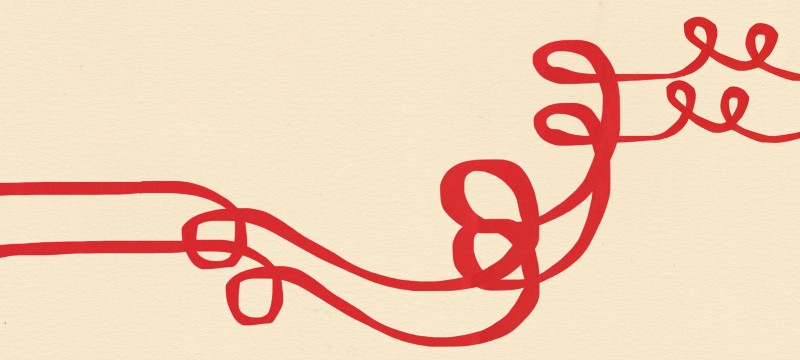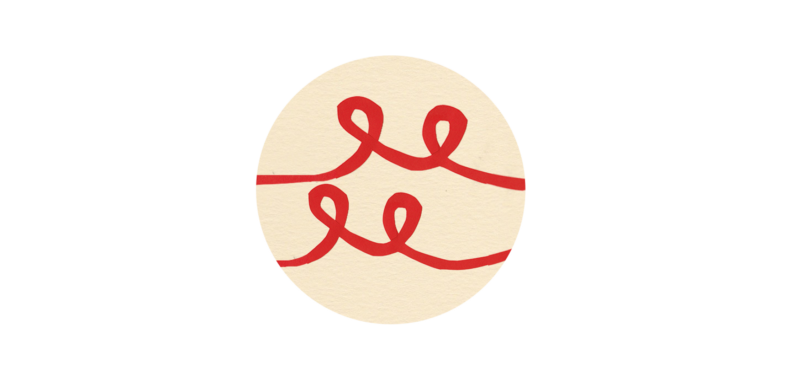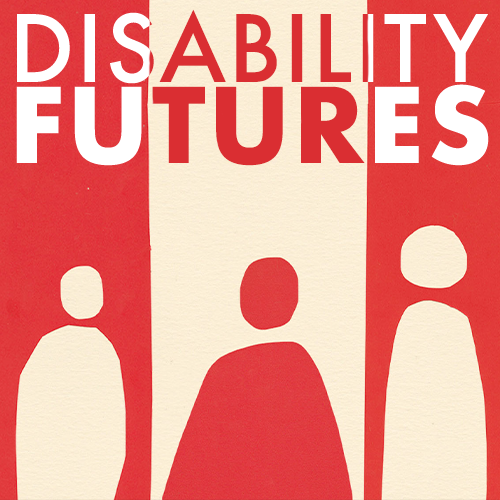
Read the previous installment: “It’s Time to End Germany’s Culture of Benevolent Exclusion”

Many of my particular corners of the internet depict the future as a far-off space where humans, disconnected from our current realities, are defined by our interactions with a variety of technologies. In these distant worlds, people flit through angular architecture in semi-digital bodies that seem to feel neither pain nor desire. I often wonder if they sense the reality of their bodies at all. I wonder how we will get from here to there.
Because my daily life is intensely focused on my body, I tend to see the body as an interpretive anchor. My body teaches me that the future is not a distant and unfamiliar environment; rather, it will emerge from the ways we pay attention to our present. We will transition from now to then by attending to our bodies and delving into the questions our bodies ask of us.
Because I am a dancer and choreographer who uses a wheelchair and crutches–and sometimes both together–some of my work begins with the creative transformation of these mobility technologies. I am a disabled artist, and my chair and crutches are beautifully designed, well-crafted pieces of metal alloy and carbon fiber. Once I begin to use them, they are no longer tools or devices; they become bodies, as full and expressive as the flesh I was born with.
That is a tricky distinction.
In a former life, I was a medievalist who spent a lot of time thinking about connections between the etymology of a word and the ways we use it now. I name my chair as a technology not because it is a designed, engineered device, nor because it is digital or a cyborg in the casual ways that we often think of “tech,” but because it is a techne, a way of knowing and living in the world. On the one hand, I often find myself caught up in desiring the most up-to-date wheelchairs because “technology” enables better design, materials, and ways of manufacturing; on the other hand, I still maintain that my wheelchair is a metallic body, as natural to me as my flesh body. My insistence on living and working from these places can lead to some interesting conversations.

Even though my chair and crutches are made by someone else, cut and formed on a machine by someone else–and even though I can separate from them without sustaining mortal damage to my flesh body–I need a sense of integration in the studio and onstage. This allows me to create movement from a place of oneness and completion. That’s why I like to describe this as “embodiment.” My disabled body moves because my wheelchair takes me across the floor, but my wheelchair is also part of my body. As a dancer and choreographer, I make choices about how I present my upper body to the audience. I sculpt the movement of my arms, torso, and head; I make the very same choices about how audiences perceive my chair, shaping how my hands touch my tires and thinking always about how the movement is received not just visually but also viscerally. Understanding myself as unified and integral in these ways is a political act. I enjoy it.
Hours of sweat and experimentation in the studio reveal different glimpses of the future. Humans are not encased in glistening architecture, moving in bodies that are part chip and wire, part flesh and bone. My understanding of the future takes root in our current thinking about disabled bodyminds. The future will emerge from the assumptions that we make today about what comprises a valuable life, and the role that technology plays in validating one. I can sense a future in which we are richly embodied and deeply alive to the sensations and desires of our physical, mental, spiritual, and emotional selves. The future that I detect is an intensification–a more nuanced understanding of our present relationships with ourselves.
The unusual ways I use my crutches and wheelchair remind me that disability drives technological innovation. Much of what we know about how minds, bodies, medications, chips, and wire interact is because of disability. Disability brings to the surface our core values as a society. When we make exoskeletons, voice recognition technologies, navigation devices, prosthetic limbs, or chips that enable users to move body parts with their brains, we are answering questions about how we relate to each other, and how we value ourselves in mind and body.
Dance is built around the expressive capacity of the body. When disabled people dance, our use of technology and of the body changes what nondisabled people know. This new information is critical for all of us to understand how beauty, politics, culture, and technology intertwine themselves in the future.

In the studio and on the street, I am aware of the complexity of my own embodiment. I am a black woman. Because so many of the representations of societally acceptable disability are white, and because I know that access to medical care, technology, and, yes, the future itself is greatly influenced by the politics of race, I intentionally surface intertwinings of disability and race. At the beginning of my most recent project, I described the movement and my form as “ugly,” with the idea that I needed ugliness as a way to push people into thinking about how society is invested in “othering” as a practice. In my dance bag, I brought to the studio books and scholarly articles that offered rich expositions of the relationships between disability and race. In my heart, I packed all the daily microaggressions and huge outright discriminations. My bodymind absorbed them and began to create; I left the studio physically and emotionally exhausted.
But in my last couple of rehearsals, I noticed that I felt dissatisfied with my creative process. What if I had not needed to live in what I imagined as ugliness in order to realize the beauty? What if I had been able to start by understanding disability and race as generative forces of innovation and tradition? What if we strive to create a world in which others do not have to live in spaces of grief and anger as a consequence of us seeking our own forms of happiness? As I prepare to dance the work in public, I realize the journey that I have made runs alongside my imaginings of the future.
The dance honors the physicality of my bodies. It emerges from my focused attention on the present, pulling out the threads of art, technology, race, disability, and embodiment, and tying them together not as complete fabrics but as knots, single moments of intense bodily experience that we can grab onto as we grope our way toward an equitable future.

Read the previous installment: “It’s Time to End Germany’s Culture of Benevolent Exclusion“
How We Get To Next was a magazine that explored the future of science, technology, and culture from 2014 to 2019. Disability Futures is a six-part series curated by Kenny Fries. We can’t think about the future–of health, of technology, of community–without centering disability.


